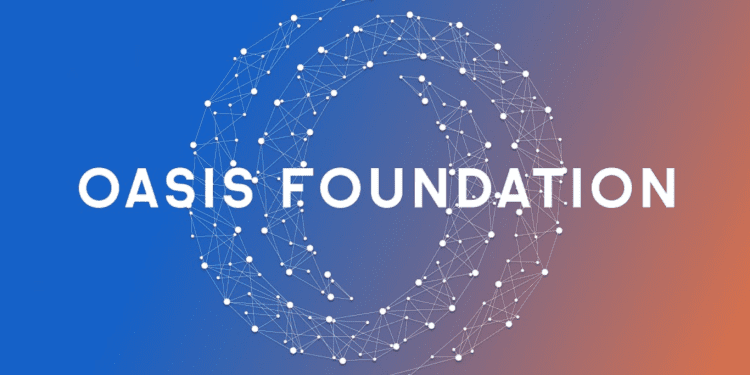- Oasis Network launches Sapphire, a privacy-focused Ethereum Virtual Machine (EVM)-compatible blockchain.
- Sapphire enhances security for existing decentralized apps (dApps) on EVM networks, eliminating the need for cross-chain swaps.
- Sapphire employs Oasis’ privacy technology with a Trusted Execution Environment (TEE) to keep user data confidential during smart contract execution.
Oasis Network, the developer of privacy-centric blockchain products, has announced the launch of Sapphire, a privacy-focused Ethereum Virtual Machine (EVM)-compatible blockchain.
The chain employs Oasis’s privacy layer and aims to provide a more secure platform for existing decentralized apps across EVM networks, thereby eliminating the need for cross-chain swaps.
Sapphire: A New Beginning in Web3 Development
Sapphire is a promising new development for privacy-focused Web3 development. Due to its unique privacy-first features, it is expected to significantly improve the security of dApps on any EVM network.
Jernej Kos, Director of the Oasis Foundation, explained how the Oasis Privacy Layer (OPL) and Sapphire work together to improve the functionality of DApps. He specifically described how DApps can incorporate various Sapphire features without migrating to the Oasis blockchain.
“Being fully EVM-compatible means that developers can build private smart contracts in an environment that they are already familiar with,” Kos explained.
Sapphire’s full compatibility with EVM environments also supports cross-chain Web3 development, for example, providing a confidential voting mechanism for decentralized autonomous organization (DAO) smart contracts. The results of such private voting can then be conveyed to the core DAO contract on a different chain.
Unleashing the Power of Privacy
The majority of DApps built on the Oasis blockchain are privacy-focused, and this trend is mirrored in the Oasis ecosystem’s tools and platforms. The release of Sapphire is expected to accelerate the development of privacy-enabled blockchain games, confidential decentralized exchanges, private voting systems, sealed-bid auctions, and key management tools, among other applications.
Sapphire uses Oasis’ proprietary privacy technology, which relies on a secure computing technology called a Trusted Execution Environment (TEE), which acts as a secure enclave for smart contract execution. During execution, encrypted data is fed into the Secure Enclave alongside the smart contract, where it is decrypted and processed. Before leaving the Secure Enclave, the data is re-encrypted, ensuring that user data remains private and is not disclosed to node operators or application developers.
A Step Towards Familiarity And Interoperability
Sapphire provides a familiar environment for blockchain developers due to its EVM compatibility. Many people are already familiar with user-facing tools like the Web3 gateway, wallets, and block explorers, and developers will recognize tools like Solidity/Vyper, Hardhat/Truffle, and Web3.js/Ethers.
Developers can quickly port their DApps to Sapphire and begin using its privacy technology and built-in features like Random Number Generation (RNG), signing, and encryption.
The release of Sapphire on testnet is a significant step forward in Oasis’ roadmap. Oasis has already scheduled a mainnet deployment for later this year and encourages developers to use the testnet to become acquainted with Sapphire’s capabilities. Oasis intends to host its first Sapphire Hackathon in September in order to foster a vibrant developer community around Sapphire.
Sapphire’s launch ushers in a more privacy-focused era for Web3 development, allowing developers to incorporate enhanced security features into their DApps without jeopardizing the familiarity of their build environment. Sapphire’s privacy capabilities are an important step toward a more secure and private Web3 environment, advancing the blockchain industry’s progress toward widespread Web3 adoption.














